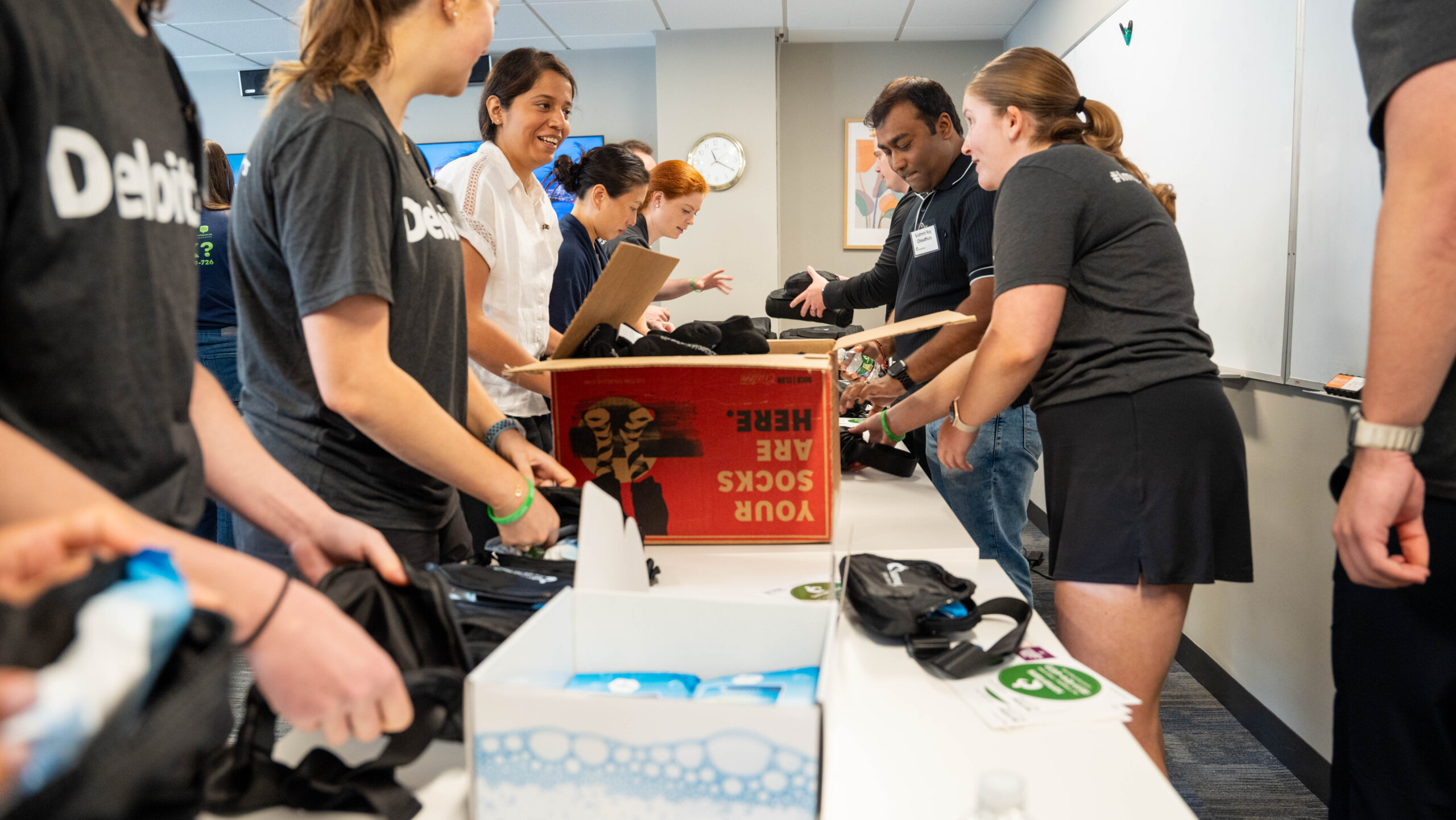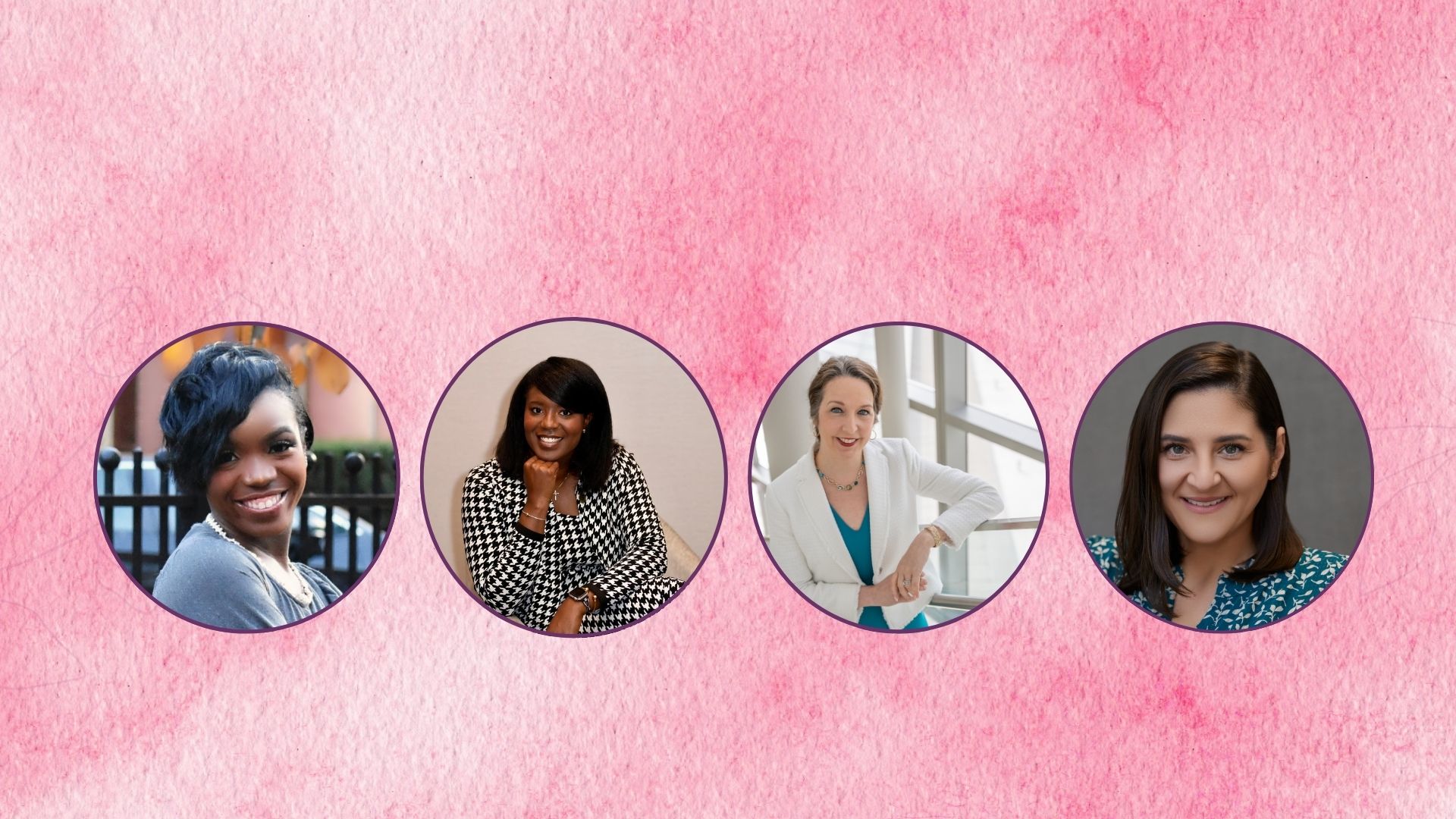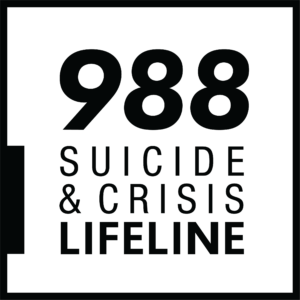By: Abigail Salois
It was just after nine on October 25 and our children were sleeping upstairs when I received a message from the New York City Police Department. I dropped to the kitchen floor and squeezed my hands over my face because I already knew that she was gone; I handed the phone to my husband and asked him to return the call. My mind often replays this evening and one thing that stands out is the pain in my husband’s voice as he confirmed that the worst had happened.
The last year was one of communal loss. We lost jobs; proms and graduations; baseball, March Madness, and the Boston Marathon. We lost traveling, and we lost loved ones. On Sunday, October 25, 2020, we lost my older sister Liza.
Approximately 47,500 people take their own lives each year in the U.S. Suicide is the tenth leading cause of death. The statistics don’t include suicides that are misreported as accidental overdoses, heart attacks, or falls down the stairs. I found myself in the loneliest place I’d ever been after Liza died, the statistics suggest, however, that I am in good company. Even if each suicide death profoundly affects just five loved ones – a conservative estimate – there are 237,500 of my compatriots walking among us each year.
Those of us who have lost a loved one to suicide are further isolated by public attitudes. World Suicide Prevention Day is observed on September 10. The primary goal of the largest suicide prevention organization in the country, the American Foundation for Suicide Prevention, is to save lives and it frames suicide as largely treatable with the implementation of mental health services. Of course, suicide should be prevented where possible, but the prevention message is as oversimplified as Just Say No to Drugs or abstinence-only sex education. It fails to consider that many people will not accept help and you cannot save someone who doesn’t want to be saved. People do not have that sort of control over one another.
Even those who are amenable to treatment may not have access to quality mental health care. It is incredibly difficult to find good help these days, especially for someone flattened by depression. Further, suicide prevention messaging makes the hundreds of thousands of people like me feel like terrible sisters, brothers, mothers, fathers, daughters, and sons for failing to save our loved ones.
Liza died when her struggles converged in a perfect storm, no single factor was to blame. Her mental and physical illness, substance abuse, divorce, family conflict, financial and housing instability made her a live grenade with the pin pulled. Already unsettled by our unstable national climate, Liza could not hang on in the isolation inflicted by the Covid-19 pandemic.
There was always a passive suicidality about Liza. She didn’t always want to kill herself, but she always knew she would die young. Liza lived her life like she had nothing to lose; she smoked, misused drugs and alcohol, never slept, made risky financial decisions, and drove her car way too fast. Liza had been hospitalized three years before she died, following a suicide attempt.
Liza’s struggles were not the whole of her, though. Those Liza counted as friends are lucky. She delighted in cooking, eating, and above all, feeding people. I can see Liza walking into our parents’ home like a tornado with armloads of baked goods. She would blow right by the dish of olives, hummus, and crackers on the kitchen island to the fridge and excitedly ask, “What are we eating?” Like our dad, Liza was a great dancer and had a passion for all things beautiful, from cars to fashion to women.
She loved music and produced a track that made it to the Billboard chart. Liza had a raspy, mischievous laugh and a gift for delivering one-liners, also inherited from our dad. She made us open gifts immediately – before she even took her jacket off – because she could not contain her glee in watching people open her gifts.
Liza always showed up for her people and would not miss a birthday, phone call, graduation, shower, or wedding. She was one of the first people to hold my son after he was born, even though she had to drive three hours to do it. When our dad neared the end of his life, Liza constantly held his hand and put her face inches away from his when she spoke, ignoring his desire for personal space. It was funny to watch because he could do nothing about it; she finally had him as a captive audience. But then, she always held the ones she loved closely.
I bet you know someone who has lost a loved one to suicide; you do not have to leave them among the 237,500 lonely people. I know you are uncomfortable, but please don’t stand silent or sling platitudes like “everything happens for a reason” or “she’s in a better place now.” Everything doesn’t have to be pretty. Do not ask what happened or the method of their loved one’s death.
Suicide loss is grief compounded by trauma and these questions sting. Put your discomfort aside, and be there; call, go for a walk, send food. Be aware of how quickly the news cycle moves, and that your friend is still suffering six months or six years, after their loss. If your friend is willing, talk about their loved one and use their name. People die twice; first when their heart stops beating and, second, the last time a living person speaks their name.
If you were friends before the loss, you must get to know the new them. The pieces just don’t fit together the same way they used to. Grief doesn’t vanish, but it changes. We who have experienced profound grief get brave; we can jump in with reckless abandonment. If we can withstand pain like this, we can do anything.
Abigail Salois lives with her husband, two children, and dog in Holden, Massachusetts. She has been a practicing attorney in Worcester since 2012. Follow @mourning_runs on Instagram to learn more about Abigail’s writing and to join the conversation about destigmatizing suicide loss.









